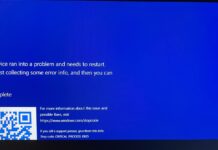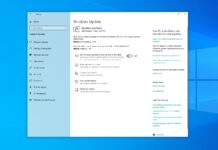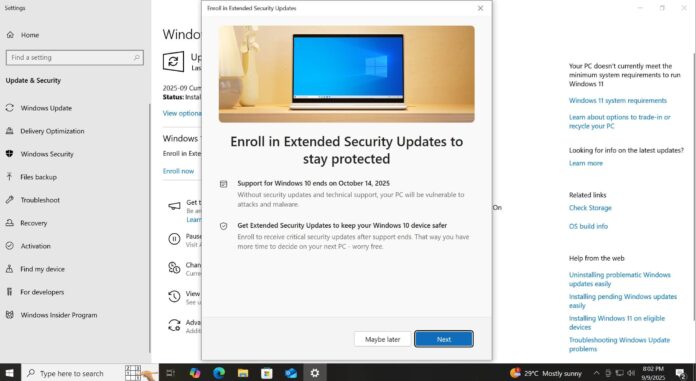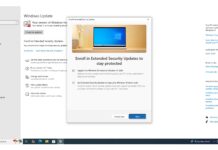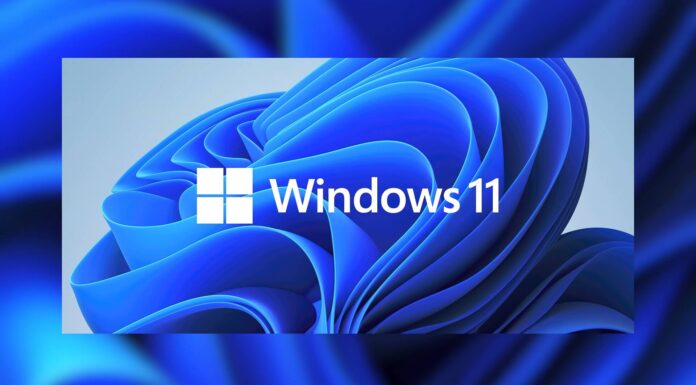Microsoft clarified to Windows Latest that Windows 10 Extended Security Updates (ESU) are free everywhere, but in the European region, you don’t have to sync Settings to OneDrive. This doesn’t mean a Microsoft account is not required. Microsoft officials confirmed to Windows Latest that you’ll still need a Microsoft account for ESU access in Europe.
On September 22, EuroConsumers, which is a consumer organization in Europe, published a letter that confirmed Microsoft changed how Windows 10 Extended Security Updates can be activated in Europe.
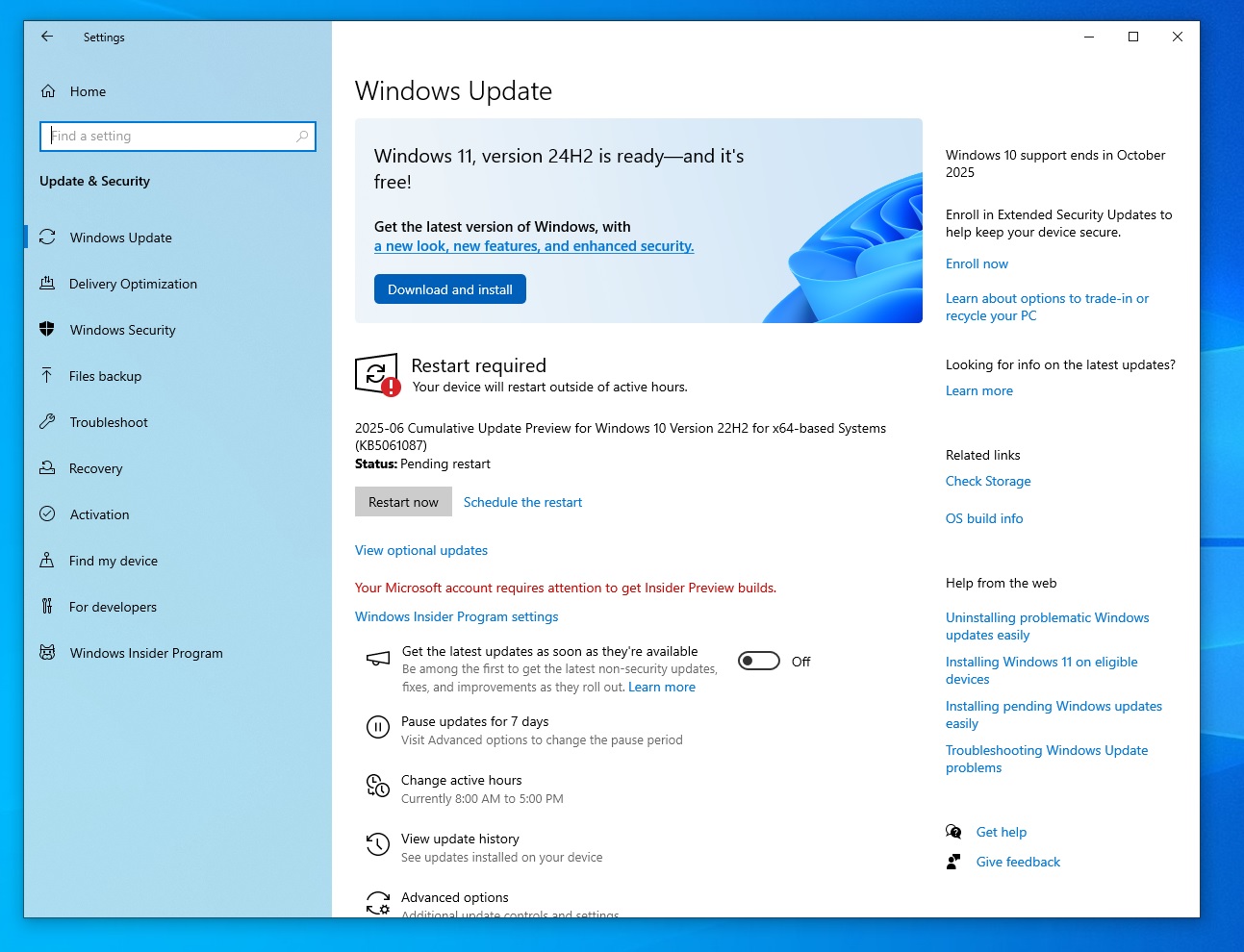
Unlike the United States and the rest of the world, where you need to sync Settings to OneDrive for free access to Windows 10 ESU, EuroConsumers says it’s no longer a requirement in the EU.
EuroConsumers also claimed that Microsoft has nearly lifted all requirements for Windows 10 Extended Updates in the region, and Windows 10 updates will be “truly” free.
“We are pleased to learn that Microsoft will provide a no-cost Extended Security Updates (ESU) option for Windows 10 consumer users in the European Economic Area (EEA). We are also glad this option will not require users to back up settings, apps, or credentials, or use Microsoft Rewards,” EuroConsumers noted in a letter.
I do trust EuroConsumers, but we still needed a confirmation from Microsoft. I reached out to Microsoft, and a spokesperson shared the following statement with Windows Latest:
“The enrollment experience for the Windows 10 Extended Security Updates (ESU) program may vary by region based on local market factors. In the European Economic Area, we’re making updates to the enrollment process to ensure it meets local expectations and delivers a secure, streamlined experience. Our goal is to support customers and provide them with options as they transition to Windows 11, with uninterrupted access to critical security updates. ESU enrollment will begin rolling out to Windows 10 customers in the EEA in early October, with coverage available beginning October 15, 2025. The latest Windows update is required to enroll in ESU,” Microsoft officials told Windows Latest.
The above statement was also shared with other publications, including our friend Zac Bowden.
How Microsoft created the confusion with vague statement on Windows 10 ESU in EU
If you read the above statement carefully, you’d realize that Microsoft’s quote is vague. It confirms only process tweaks in the EEA, but it does not say the ESU is free, who exactly is eligible, or whether enrollment drops things like Microsoft Rewards or OneDrive sync.
However, the statement was issued in response to the question “Are Windows 10 ESUs really free in the EU without any requirements?” and, although vague, it seems to support EuroConsumers’ claims. This led to several headlines saying that Windows 10 ESUs in the EU will not require a Microsoft account.
But it turns out that’s not true. As I expected, the Microsoft account requirement is not being removed for consumers in Europe.
A Microsoft account is still REQUIRED for Windows 10 ESU
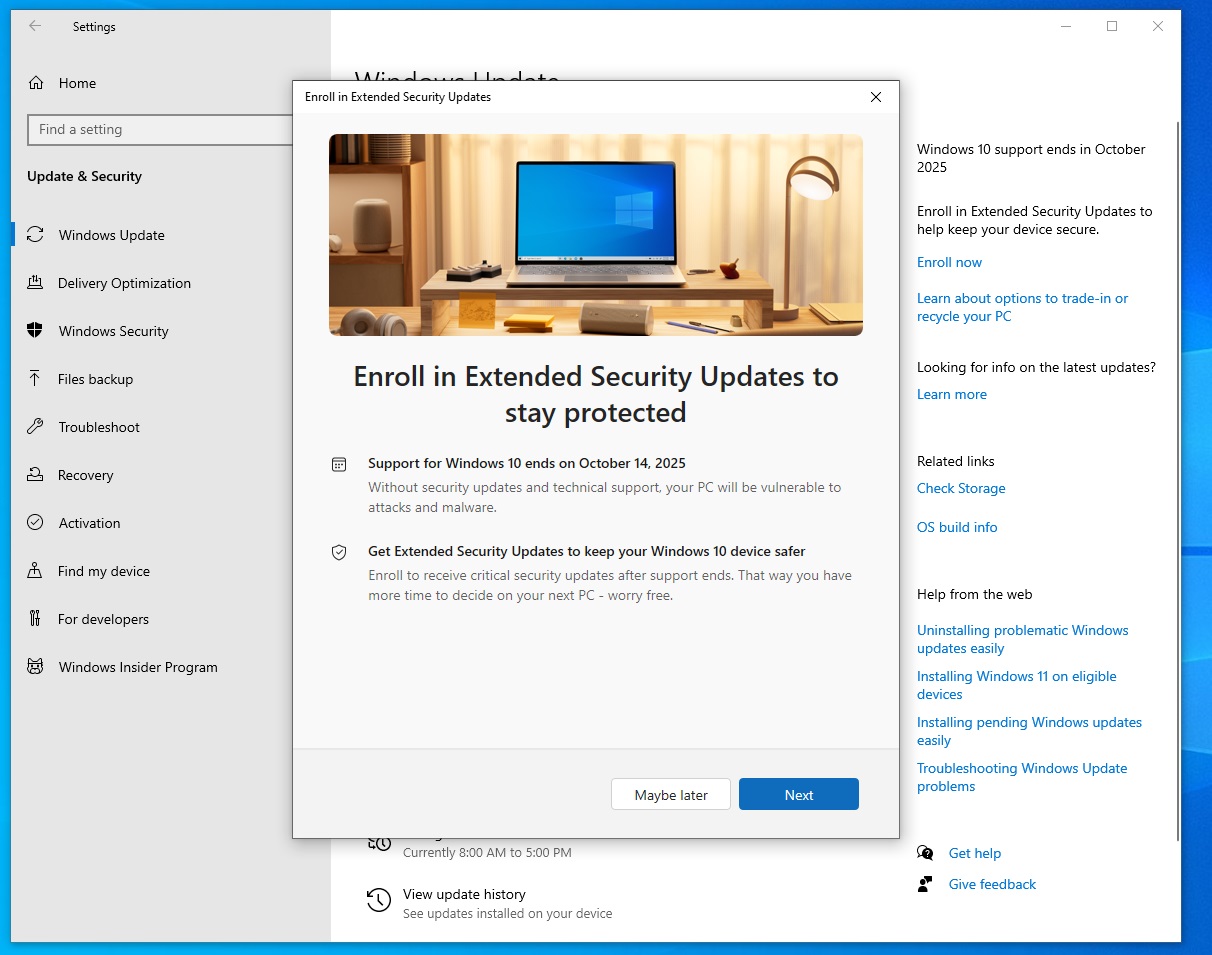
For ESU, Microsoft requires users in the US to use a Microsoft account (which is free) and sync settings to OneDrive (requires you to use the Windows Backup app). But the EU has different rules.
In the EU, you don’t need to sync anything to OneDrive. You also don’t have to use the Windows Backup app. But you STILL need a Microsoft account to activate your Windows 10 Extended Security Updates in the region. This remains a requirement.
“Windows 10 customers in the European Economic Area (EEA) can choose from two enrollment options to enroll their personal device,” Microsoft’s communications told Windows Latest.
The first option is to enroll your PC with a Microsoft account. This requires you to sign in with a Microsoft account, and you can get ESU updates at no “cost.” No cost because Microsoft accounts are free.
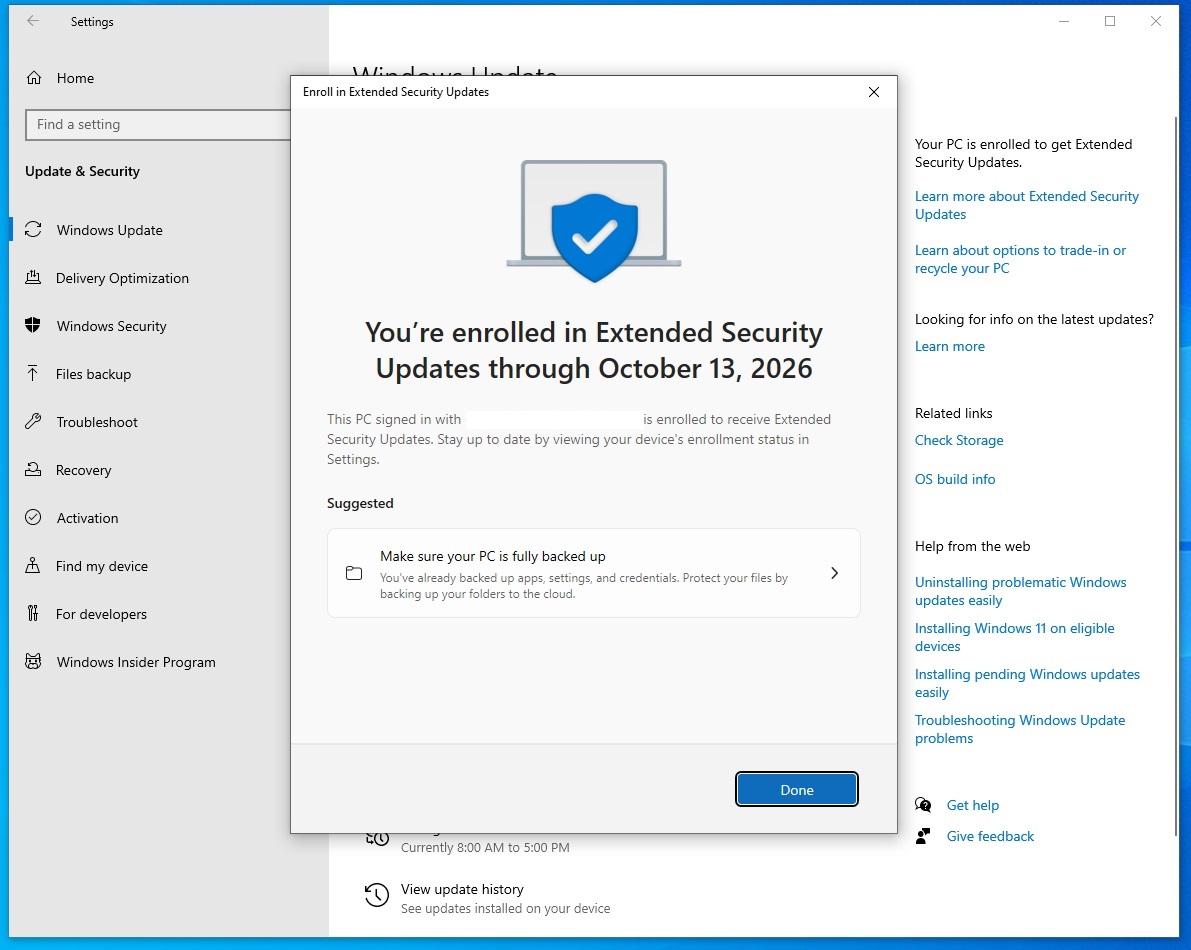
But in the US and other places, you’re also required to download/install the Windows Backup app and sync PC settings to OneDrive. This is not a requirement in the EU.
The second option is to purchase the $30 Microsoft ESU, and you can continue to receive updates.
On our multiple requests, Microsoft shared the following statement with Windows Latest (direct quote):
“Enroll with your Microsoft account. Sign in to your PC with a Microsoft account (MSA) and stay signed in to receive ESU updates at no additional cost. If your MSA is not used to sign in for a period of up to 60 days, ESU updates will be discontinued, and you’ll need to re-enroll by signing in using the same MSA.
One-time purchase. If you prefer not to stay signed in with your MSA, you can enroll in ESU with a one-time purchase of $30 USD (or local currency equivalent) plus applicable tax. To use this option, you must first sign in with your MSA to enroll. After you enroll, you can continue to use a local account.”
Unlike the United States, the enrollment flow in the EU is also updated, so users get a clear option to extend device protection and no longer need to back up settings, apps, credentials or engage with Microsoft Rewards.
It’s no longer possible to use Microsoft Rewards points to claim Windows 10 Extended Security Updates due to the DMA (Digital Markets Act) in the EU. Microsoft Rewards’ 1,000 points can still be used in all countries outside the EU.
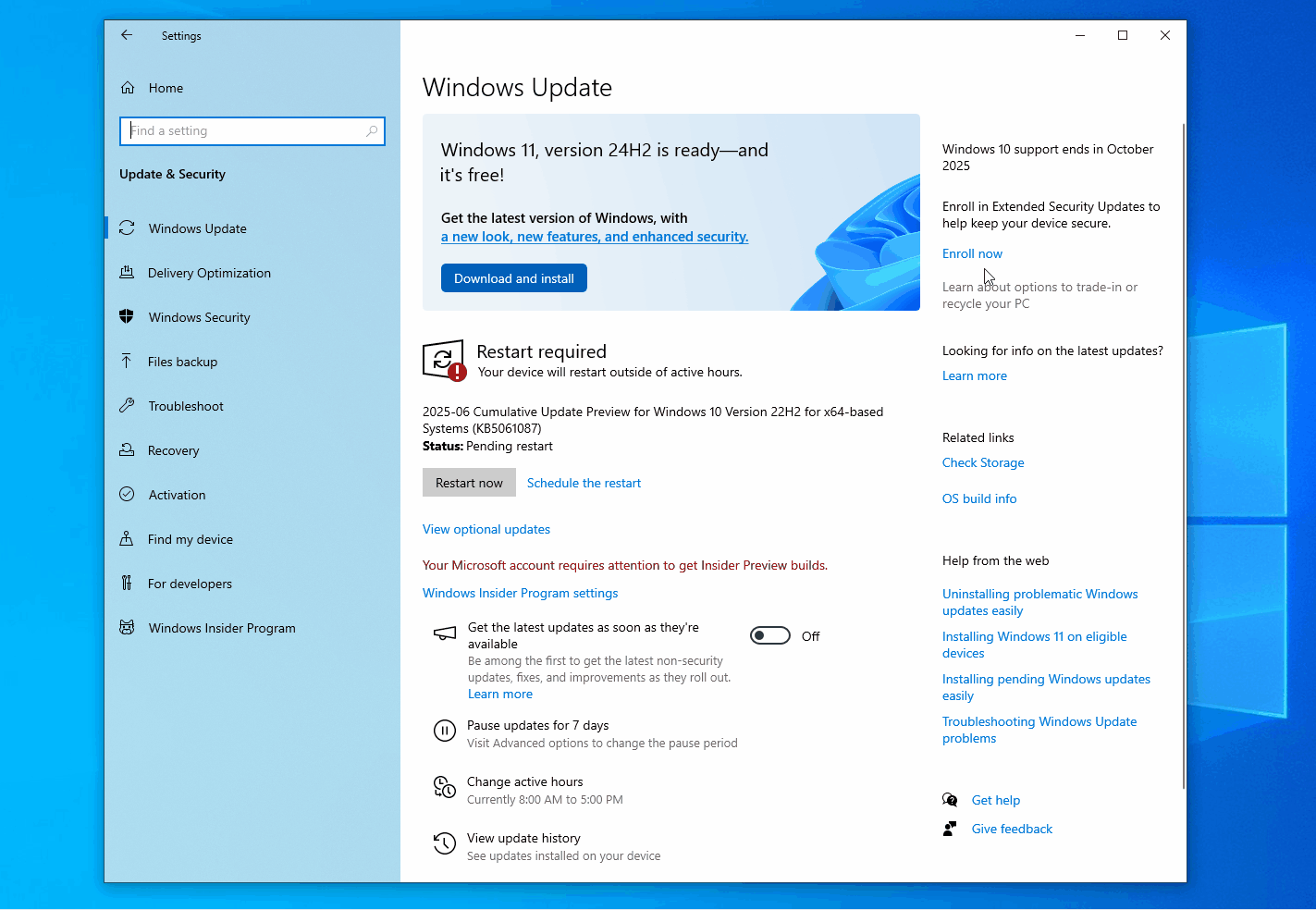
You can always change the system region for EU’s relaxed Windows 10 ESU
Microsoft officials won’t tell you this on record, but remember. It takes a few minutes to change the system region and pick any European country. Once you’ve made the change, you just need to sign up for Windows 10 Extended Updates.
While you’ll still need a Microsoft account, you won’t be asked to sync Settings to OneDrive or use Windows Backup because you’ve switched the region to the EU.
What do you plan to do when Windows 10 reaches end of life on October 14, 2025? Let me know in the comments below.




